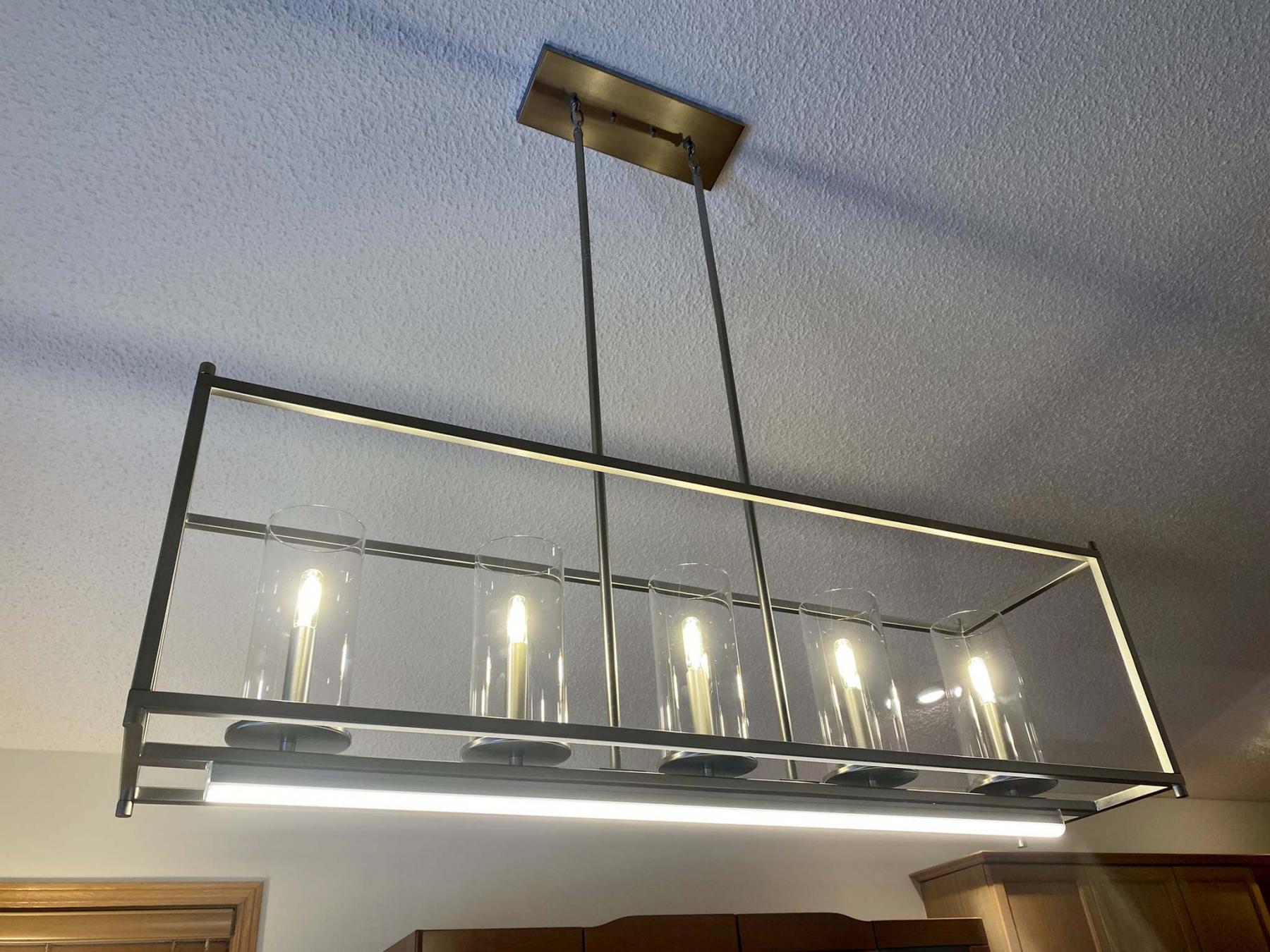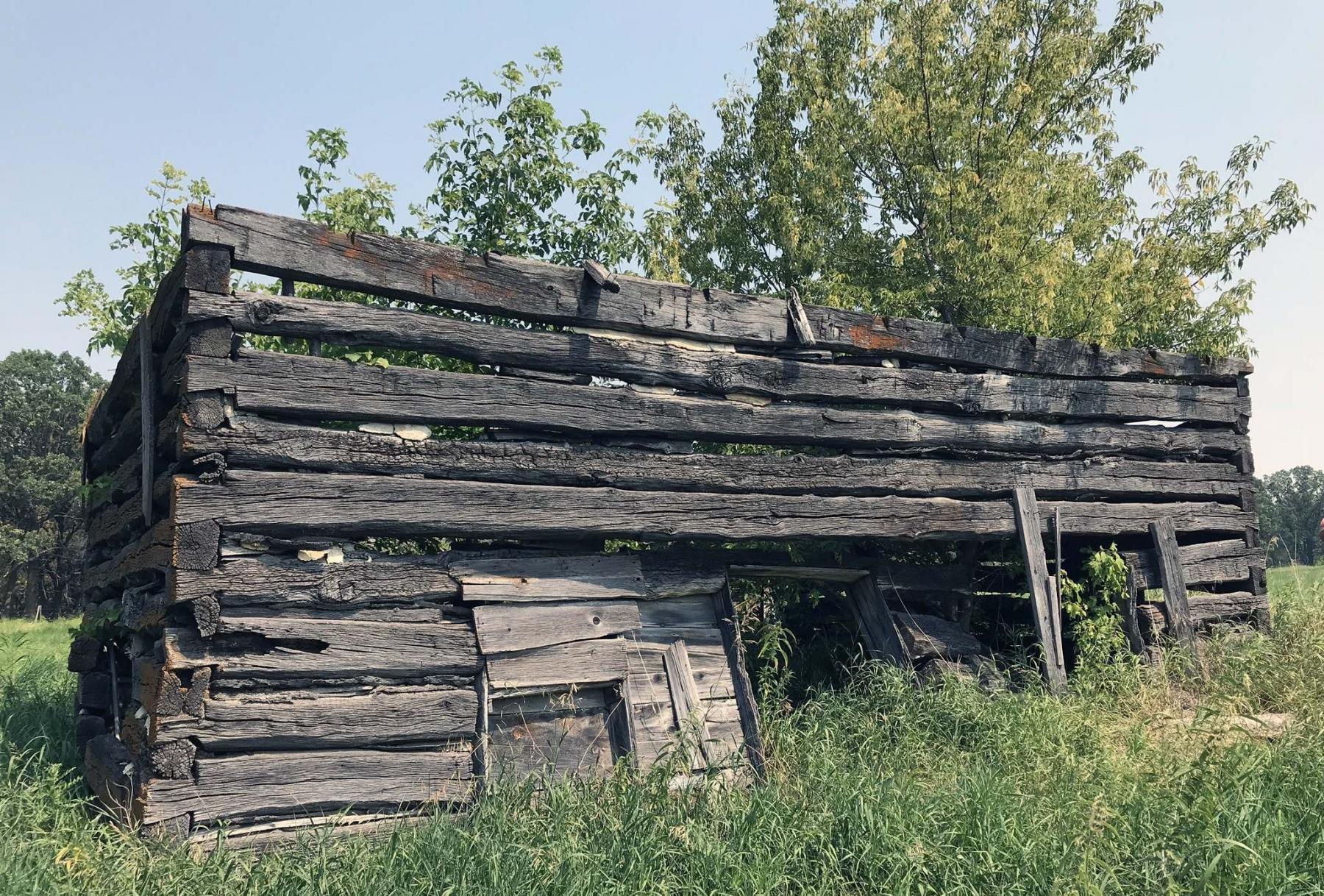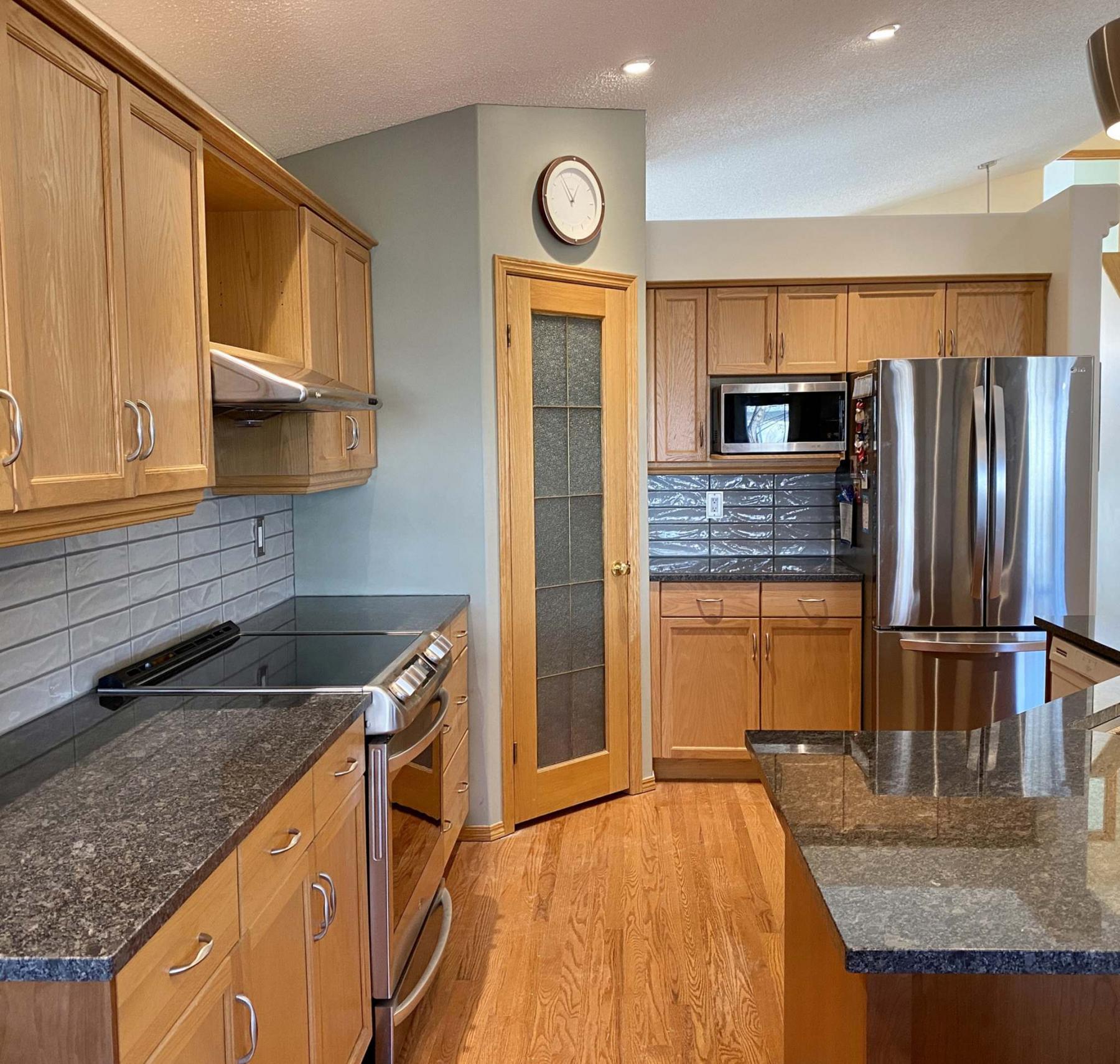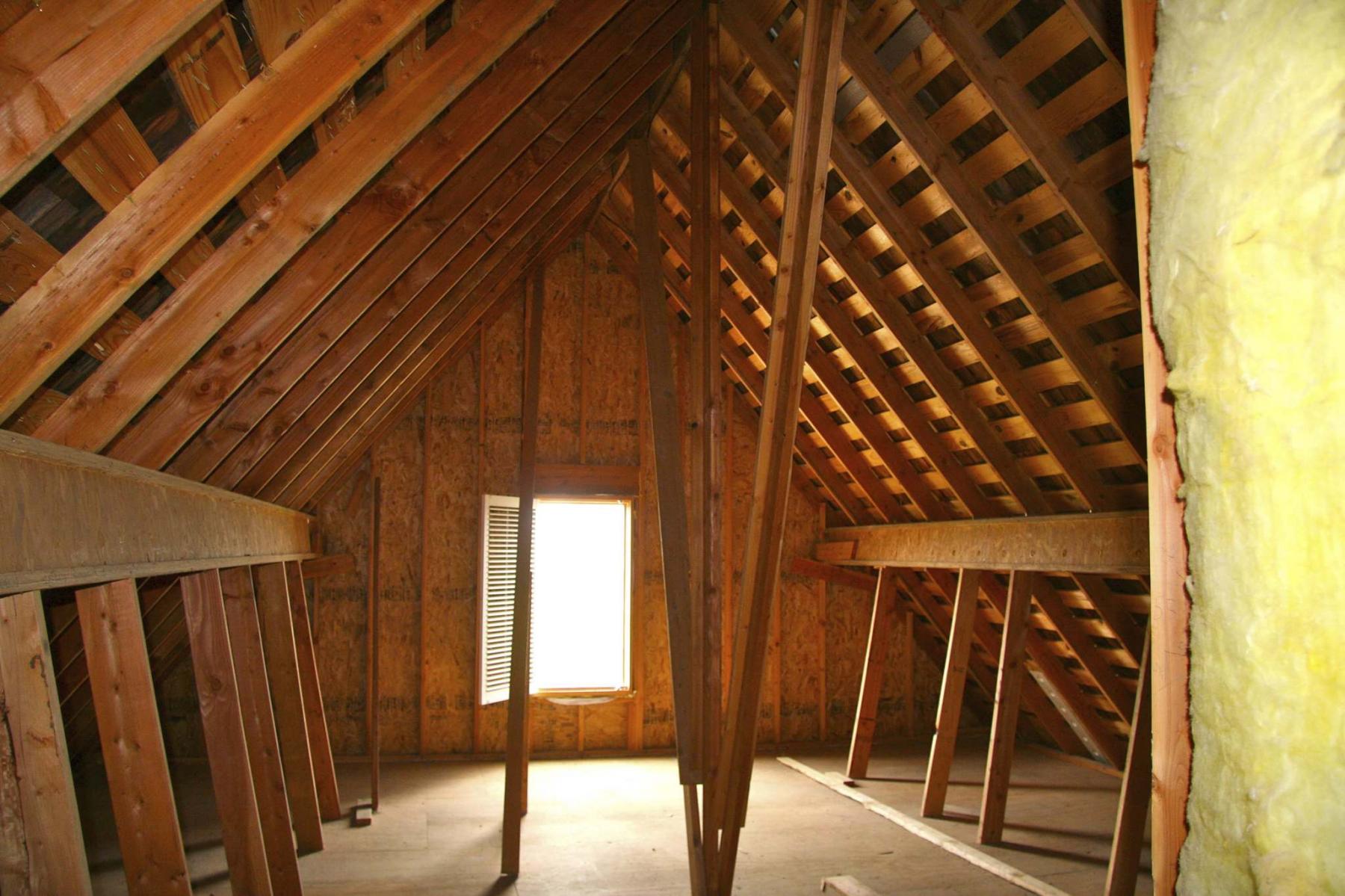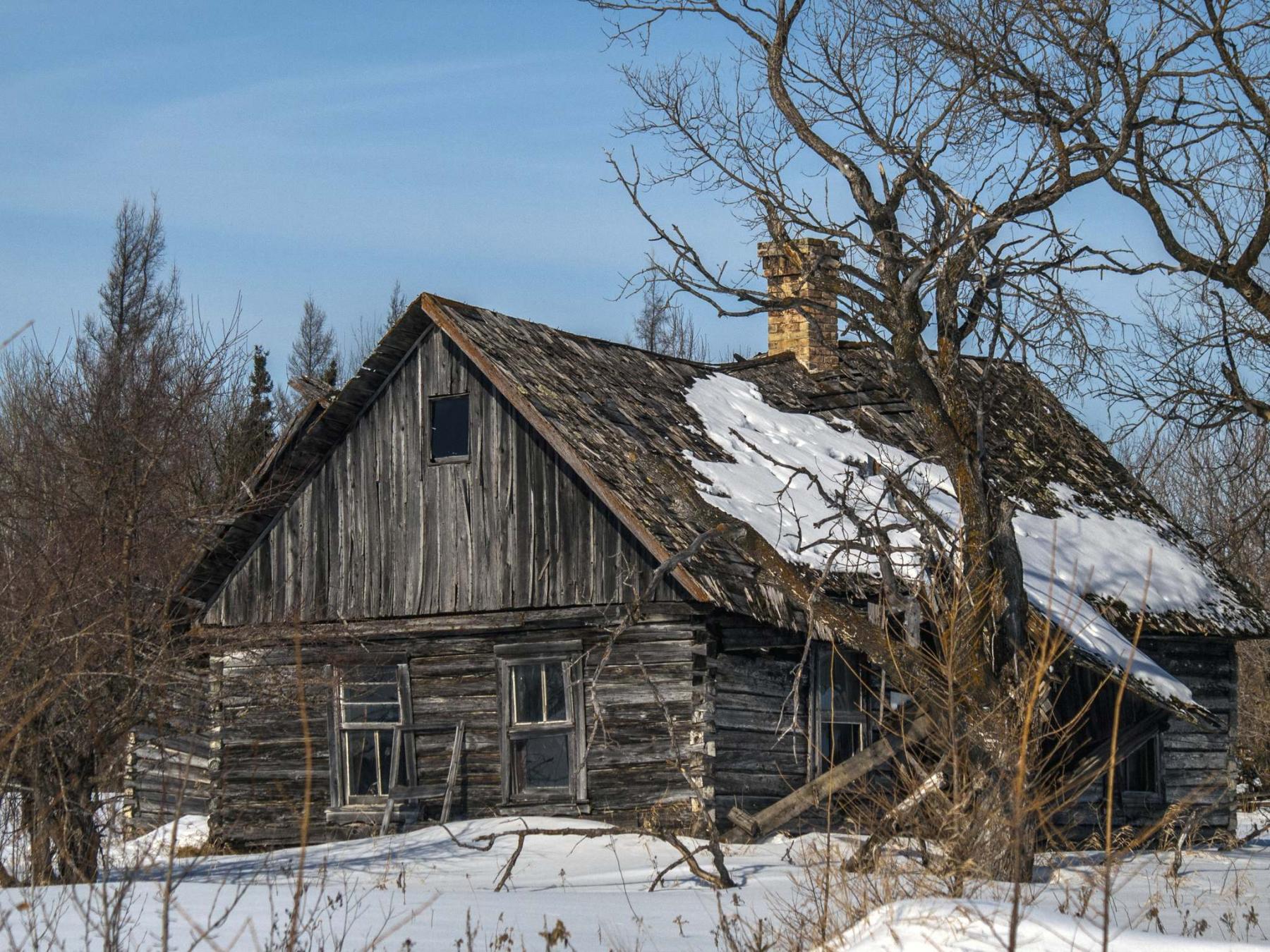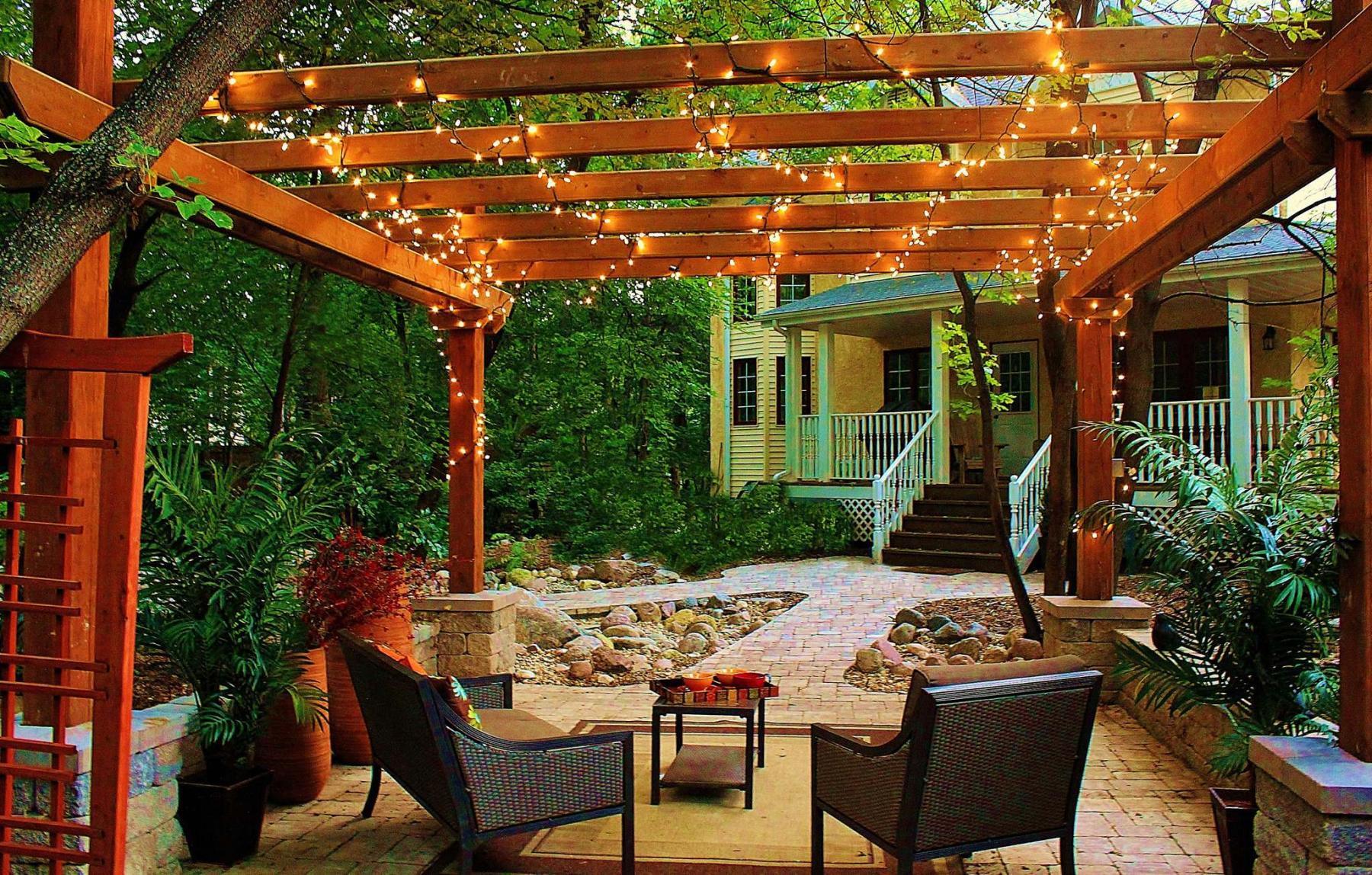Renovation & Design
Renovation & Design
Helpful tea tips fit for a queen
Tea is popular, I should know, I drink about six cups every day, and I’m definitely not alone. Worldwide tea consumption is second only to water, and is drunk as often as coffee, soft drinks and alcohol combined. According to eatright.org, natural substances, called polyphenols, are found in both caffeinated and herbal teas. These substances are antioxidants, compounds that may help reduce the risk of certain chronic diseases.
That’s great, but what else is tea good for?
• Tenderizing. Marinate meat in tea before cooking to make it tender and easier to digest. Use black tea for an enhanced taste and add the seasonings you normally use for marinating meat cuts.
• To clean your windows, brew a pot of tea, cool it down and dip a cloth in the liquid, wipe mirrors and windows, then use a dry cloth to ensure a perfect shine.
• Tea, tea bags and tea leaves all effectively soak up odours. Instead of baking soda in the fridge, try used tea bags.
• Rinse your hands with tea after preparing fish or other stinky foods (this also works on cutting boards).
• Pouring strong tea into a compost bin will help speed up the decomposition process, encourage more friendly bacteria to grow and help increase nitrogen levels in soil. You can throw whole, steeped tea bags into the compost if the bag is made of biodegradable materials — just be sure to remove any staples that may be present.
• Teacups become stained because tea contains tannin (or tannic acid) which gives tea its colour. If you have tea stains in your porcelain teapot or teacups, fill the pot or cup with warm water and add a few drops of bleach and let the solution sit for a couple of hours. Once the stains are gone, wash normally with soap and water.
• Another option for removing tea stains is to squirt a little soap into the mug, add enough warm water to cover the stain, and swish the mixture around. Let the mug sit for a few minutes (longer if the stain has set in) and allow the dish soap to penetrate the stain. Wipe with a green non-scratching scrubby pad.
• If your dark leather boots are full of dirt, grime, and salt stains, you can clean and polish them with a few damp tea bags. Rub a tea bag over the leather using a circular motion, changing the bags out frequently to make sure you remove all traces of dirt from the shoes. Finish by buffing your shoes with a clean, soft cloth.
• Create a tea sachet to keep drawers smelling fresh, perfume them with the fragrant aroma of your favorite herbal tea. Open used herbal tea bags and spread the wet tea on old newspaper to dry. Then use the dry tea as stuffing for the sachet.
• To soothe a sore throat, add a teaspoon or two of honey to a cup of warm tea.
Note: Every user assumes all risks of injury or damage resulting from the implementation of any suggestions in this column. Test all products on an inconspicuous area first.
Have a great suggestion or tip? Please send an email at: info@reena.ca. Reena Nerbas is a popular motivational presenter for large and small groups; check out her website: reena.ca.
Renovation & Design
Spicy tips
Question: How long do spices stay fresh? Also, how do I know when to replace them? When buying them at Bulk Barn what are the best containers to store them in, plastic or glass? With thanks, Connie
Answer: Whole spices last about four years, and ground spices last about three years, I have kept spices even longer. In order to determine if spices are still good smell them. If they smell fragrant, they are worth keeping. Store spices in a cool, dry place. While plastic bags are fine, they may have small openings where air passes through, which is why glass containers are more highly recommended than plastic.
Question: How can I prevent rust from forming around the lid and the rim of a latex paint can after I have used it? I tried putting plastic wrap on the top, but it still rusts and when I open it, the rust falls into the paint. Starla
Answer: Rust has a way of forming on both the top and bottom of paint cans. To prevent rust from attacking the bottom of the can, paint the bottom rim with clear nail polish. Keep already rusted cans from damaging surfaces by positioning an ice cream bucket lid or a bottom dish for a flowerpot underneath the can.
To prevent rust from forming inside or on top of the lid always pour paint from the can into a clean container while you work with it. This way the paint can remains very clean and is less likely to rust. Seal the can tightly whenever not in use. A great way to store leftover paint is in a canning jar with a rubber seal. The paint lasts for a long time and there is no guesswork needed as to what colour is inside.
Question: How can I change the colour of my wooden picture frames to match my decor? They are now a solid gold colour and I would like them to be silver. Any help you can offer would be very much appreciated. Thanks in advance. Barney
Answer: The easiest and fastest option for painting frames is to spray paint them with a smooth or hammer finish. Read product labels to learn which paint works best for the frame material. It is important to hold the spray can 12-inches away from the frame while spraying, wisp the paint back and forth as you paint. Holding the paint too close will result in an uneven, drippy finish.
Question: I bought a package of gravy mix but found it salty, is there anything I can do so it's not so salty? Sandy
Answer: Next time you purchase store bought gravy, look for sodium reduced packages. If the gravy is already cooking in the pot, add a potato to the gravy to absorb some of the saltiness. Another option is to add milk, sodium reduced broth or water to dilute the flavour. If this is the case combine flour or cornstarch with the liquid while it is still cold, before adding it to the gravy, so the gravy thickens.
Question: A friend of mine suggested you may be able to tell me how to get paint out of indoor/outdoor carpet. Another friend dropped the paint can while walking over the carpet P.S. This happened a few years ago but I am trying to clean up my basement. Thank you, Vera
Answer: Paint that has dried for more than six hours is difficult to remove. There are commercial paint removers for fabric, but the success rate is not great. Some people have removed paint with pumice free waterless hand cleaner or paint thinner, while others say WD-40 and fine sandpaper is the best. In any case use all solutions with caution, be careful to test on an inconspicuous area first, and rinse well between attempts.
Note: Every user assumes all risks of injury or damage resulting from the implementation of any suggestions in this column. Test all products on an inconspicuous area first.
Have a great suggestion or tip? Please send an email at: info@reena.ca. Reena Nerbas is a popular motivational presenter for large and small groups; check out her website: reena.ca.

